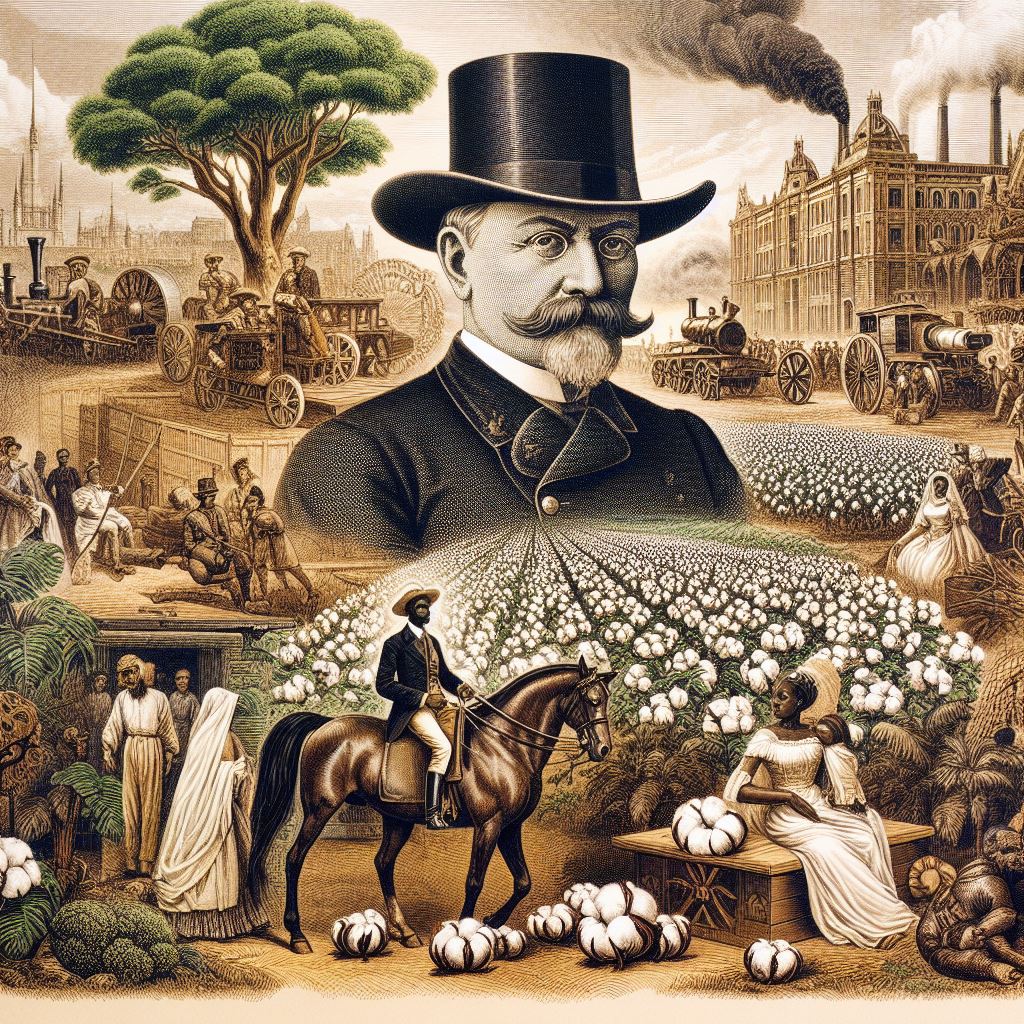Home
Publications
How Colonialism Reshaped African Paintings and the Joy of Their Rebirth
April 06, 2023
When you look at a piece of African art, what do you see? For decades, the Western world saw only what it wanted to see: the "primitive," the "exotic," a artifact stripped of its soul and story.
But the true story of African paintings is one of incredible resilience. It’s a story of disruption, adaptation, and a powerful, ongoing rebirth. At its heart, it's the story of artists reclaiming their voice.
As a social enterprise passionate about connecting you directly with the vibrant soul of Tanzania, we believe understanding this history is the first step toward truly appreciating the art. It’s not just about decorating a wall; it’s about becoming part of a continuing story of cultural empowerment.
So, let's pull back the curtain. This is our look at the profound impact of colonialism on African paintings, and how the vibrant art you love today is a powerful testament to the unbreakable spirit of its creators.
A Canvas of Culture: African Art Before Colonialism
Before we can understand the change, we must picture the world as it was. Imagine a continent not as a single entity, but as a breathtaking tapestry of thousands of distinct cultures, each with its own visual language.
Art was not separate from life; it was woven into its very fabric.
-
Spiritual Bridge: Masks weren't decorations; they were vessels for ancestors and spirits, activated in dynamic ceremonies.
-
Social Record: Sculptures and body art could tell stories of leadership, record historical events, or signify social status.
-
Community Glue: From the decorations on a homestead to the patterns on pottery, art reinforced community identity and shared values.
This art was deeply functional and deeply local, created with natural materials for a specific, understood purpose within its community. There was no "art for art's sake"—it was art for life's sake.
The Shattered Frame: The Disruption of the Colonial Era
The arrival of European colonizers in the late 19th century did more than just draw new political borders; it imposed a brutal new cultural framework. African art was suddenly viewed through a lens of prejudice and profit.
The Theft of Heritage
One of the most devastating acts was the systematic looting of cultural treasures. Ceremonial masks, sacred figures, and ritual objects were ripped from their communities, packed into crates, and shipped to European museums and private collections.
The consequence was a double theft:
-
Theft of Object: The physical item was gone.
-
Theft of Meaning: Displayed behind glass in a foreign land, these objects were labeled "curios" or "primitive art," their profound spiritual and social significance erased and replaced with a Western narrative.
This created a painful disconnect that generations are still working to heal.
The Imposition of a New Aesthetic
Colonial powers and missionaries often saw traditional art forms as pagan or backward. They actively suppressed them while promoting European techniques and subjects.
This is where the direct impact on African paintings began to crystallize. With the introduction of new materials like oil paints and canvas, artists were encouraged—and sometimes forced—to adopt a European style.
-
A Shift in Perspective: The dream-like, symbolic perspectives of many African artistic traditions were replaced with rigid, single-point perspective.
-
A Change in Subject: Artists were pushed to paint "exotic" scenes of daily life that catered to European fantasies of Africa, rather than the deep, symbolic themes that had always inspired them.
The result was what's often called "colonial art" or "tourist art"—work that was often technically proficient but culturally hollow, created for a buyer who didn't understand its soul.
Reclaiming the Canvas: The Post-Colonial Renaissance
The end of the colonial period was not the end of its influence, but it marked the beginning of a powerful and defiant new chapter. African artists began a conscious journey to reclaim their narrative.
This wasn't about rejecting all change; it was about controlling it. It was a fusion, not a submission.
This is the spirit that fuels the art we are privileged to share with you. The contemporary Tanzanian art scene, including the famous Tinga Tinga style, is a brilliant example of this reclamation.
It takes the materials of the present (enamel paints on canvas) and blends them with the storytelling, vibrant colors, and symbolic themes of the past. It is unapologetically African, yet globally beloved.
How You Can Be Part of the Story: The Ethical Art Collector
Today, when you choose to bring a piece of African art into your home, you are stepping into this history. The question is, what role will you play? Will you be a passive consumer, or an active participant in its healing?
Here’s how you can ensure your purchase honors the art and its creators:
-
Seek Out the Story: Don’t just buy an image; buy the narrative behind it. Who is the artist? What was their inspiration? A reputable source should be able to tell you.
-
Value Direct Partnerships: Look for platforms that work directly with artists and cooperatives. This ensures the financial and creative benefits flow back to the community where the art is born.
-
Celebrate Authentic Voices: Choose art that feels like a genuine expression of the culture, not a mass-produced souvenir designed for a foreign taste.
Our Promise: Connecting You Directly to Tanzania’s Heartbeat
This philosophy of ethical, direct connection is the very reason our social enterprise exists. We are not a faceless retailer; we are a bridge.
-
Direct Partnerships: We work hand-in-hand with artist cooperatives and individual talents across Tanzania, ensuring fair trade and sustainable income.
-
Preserving Heritage: By providing a global platform for artists like [Internal Link to Artist Profile, e.g., Edward Tingatinga] and his successors, we help in preserving a vital cultural heritage and allowing it to evolve on its own terms.
-
Empowerment, Not Exploitation: Every painting you purchase directly empowers the artist and their community, fueling a cycle of creativity and economic independence.
When you explore our collection of [Internal Link to Collection, e.g., Modern Tanzanian Paintings], you’re not just seeing decor. You’re seeing the result of a century-long struggle for cultural voice. You’re seeing joy, resilience, and story, painted in vibrant color.
You are bringing home a piece of a living, thriving culture—a beautiful, timeless addition to your home that carries a powerful story of rebirth.
Ready to explore art that tells a deeper story? Discover our curated collection of original Tanzanian paintings, each one a testament to cultural resilience and artistic joy.
[Browse the Tinga Tinga Art Collection Now]


